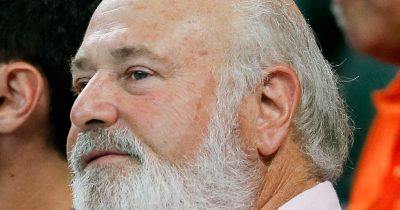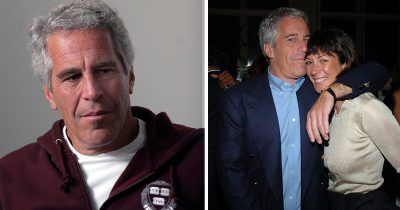
Sperm donation started becoming popular in the 1970s and has advanced a great deal from then to now. As children who were a result of sperm donation grow up, they sometimes seek answers.
One sperm donor’s sperm can be used by dozens of families. In this case, it was a nightmare waiting to unfold.
Keep reading to learn more.
A sperm donor who was unaware that he carried a rare cancer-carrying mutation donated sperm, which was used to help conceive 67 children.
Now it has come to light that 10 of those children have been diagnosed with cancer, while 20 have the same gene variant present.
The pieces were put together when two families who had used the same donor, contacted the fertility clinic to reveal that their children had developed a rare cancer linked to a genetic variant called TP53.
This variant has the ability to cause a genetic condition called Li-Fraumeni syndrome (LFS) that can increase the risk of developing cancers such as leukaemia.
People who carry this gene are advised to do MRI body scans regularly as well as brain scans. The sperm mainly was donated in 2008, and at the time information about this gene was not widely known.
According to reports, the man was also considered of solid health.
Dr Edwige Kasper, a biologist from Rouen University Hospital in France, shared, “I analysed the variant using population and patient databases, computer prediction tools and the results of functional trials and came to the conclusion that the variant was probably cancer-causing and that children born from this donor should receive genetic counselling.”
Currently, there is no international standard limit for sperm donation, but the man had made donations to the European Sperm Bank, which limits donors to 75 donations.
In this case, the sperm bank revealed that 67 children were conceived from this sample. However, they usually keep this data private. They shared that relevant clinics had been informed about this.
This case has again raised the question of international limits on the donation of sperm.
Kasper spoke about the need for laws surrounding this issue. He said, “We need to have a European limit on the number of births or families for a single donor.
“We can’t do whole-genome sequencing for all sperm donors – I’m not arguing for that. But this is the abnormal dissemination of genetic disease. Not every man has 75 children across Europe,” he stated.
Nicky Hudson, a professor at De Montfort University in Leicester, also doubled down on her opinion on the risk of moving sperm across borders.
Hudson said, “The important issues at stake here relate to the large number of affected children – which would be limited if only used within one country according to local limits – and the challenge of tracing the families, who can now span multiple countries.”
“Whilst these kinds of cases have thankfully been rare, we need to consider ways to limit the possibility of this scenario becoming more frequent in future by coordinating international practice. At the very least we need better systems for tracking donor usage and of informing recipients of this.”
A spokesperson for The European Sperm Bank said in a statement to the press that they were, ‘deeply affected by this case’, saying the donor had been tested but that ‘it is scientifically simply not possible to detect disease-causing mutations in a person’s gene pool if you don’t know what you are looking for’.
They said they would “welcome continued dialogue on setting an internationally mandated family limit and have advocated for this on several occasions. This is also why we have proactively implemented our own international limit of 75 families per donor.”
We are sending our thoughts and prayers to the families affected by this tragedy. Share this with others who might be interested in this piece of news.




